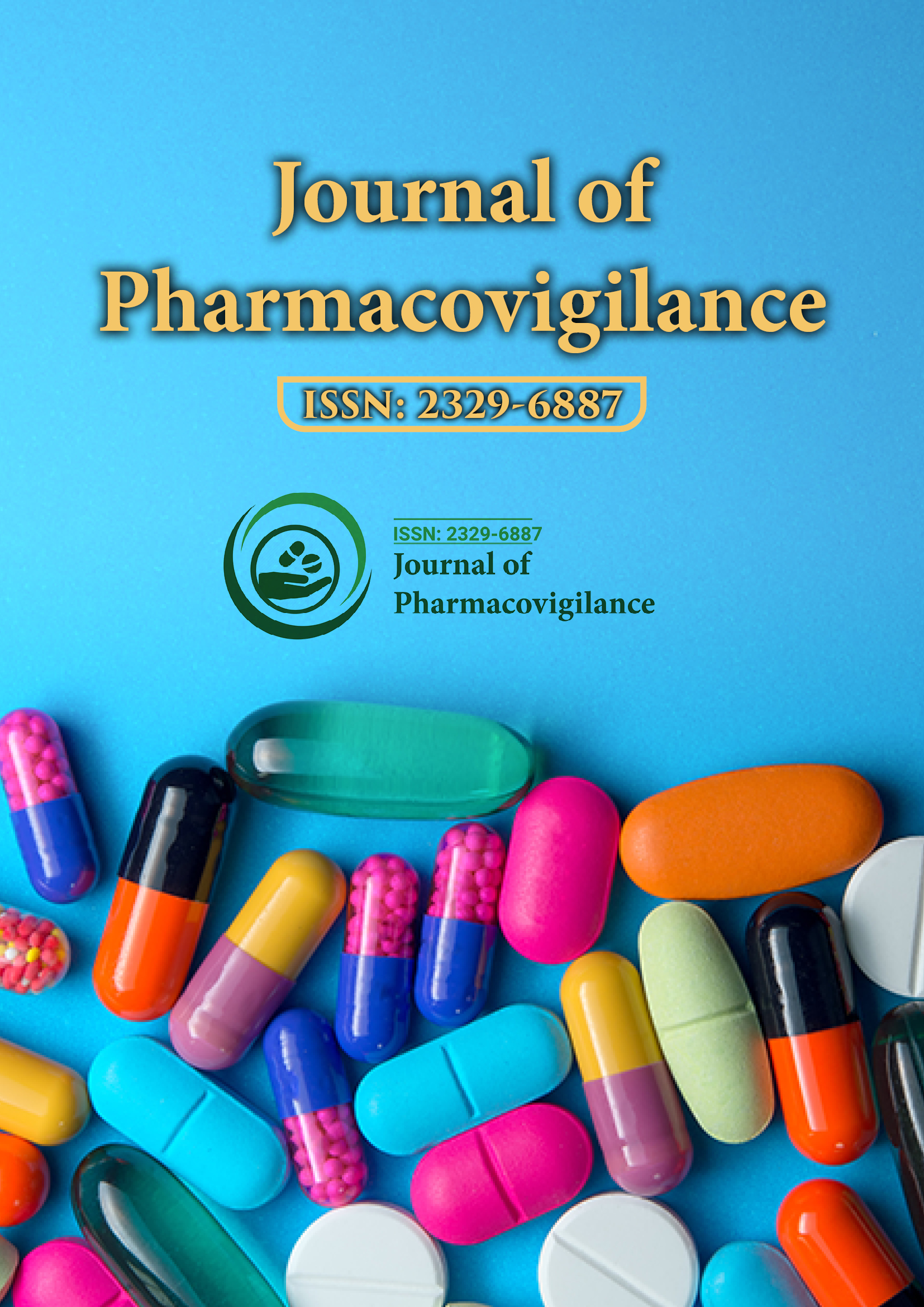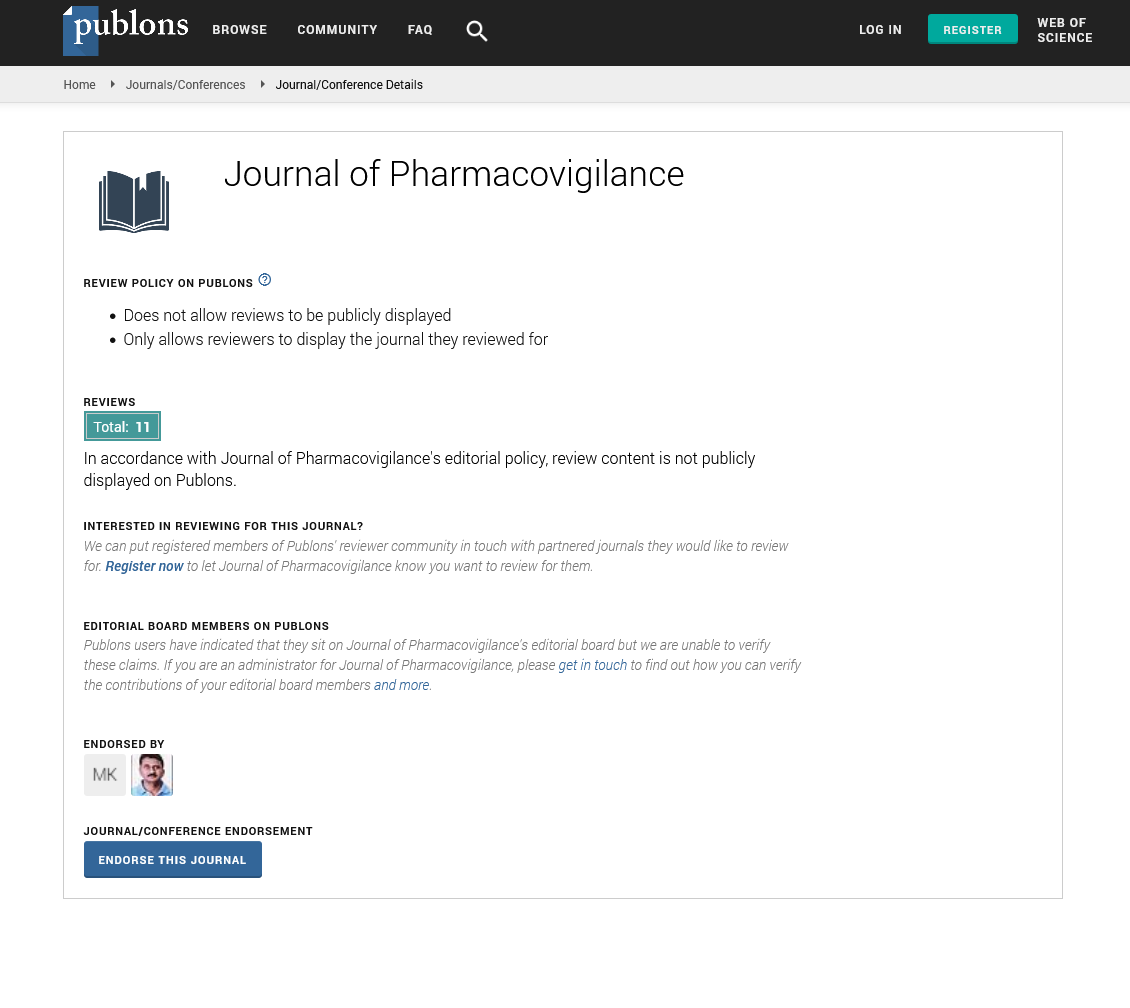Indexed In
- Open J Gate
- JournalTOCs
- The Global Impact Factor (GIF)
- RefSeek
- Hamdard University
- EBSCO A-Z
- OCLC- WorldCat
- Publons
- Euro Pub
- Google Scholar
Useful Links
Share This Page
Journal Flyer

Open Access Journals
- Agri and Aquaculture
- Biochemistry
- Bioinformatics & Systems Biology
- Business & Management
- Chemistry
- Clinical Sciences
- Engineering
- Food & Nutrition
- General Science
- Genetics & Molecular Biology
- Immunology & Microbiology
- Medical Sciences
- Neuroscience & Psychology
- Nursing & Health Care
- Pharmaceutical Sciences
The risk management plan and the first marketing authorization application: A practical approach
4th International Conference and Exhibition on Pharmacovigilance & Clinical Trials
August 10-12, 2015 London, UK
Peter Lannon
Keynote: J Pharmacovigilance
Abstract:
Submission of a new Marketing Authorization Application (MAA) requires a great deal of work and planning over many years. Much input and planning into the quality, efficacy, pre-clinical and clinical safety and numerous other areas is undertaken, however the role of the risk management plan (RMP), its production, submission and approval is often underestimated. It is vitally important that a clear strategy is agreed and communicated early in the development process or as soon intent to submit MAA has been taken. Although the RMP contains little new/novel data that is not present elsewhere in the submission package, the inter-relationship between the RMP and other higher level documents such as the Summary of Clinical Safety, the Clinical Overview, Pre-clinical Overview and the proposed label needs to be carefully considered. The timing of the development, production and approval of the RMP is vital as it is difficult or risky to finalize until these other high level documents have been approved for submission. The aim of this presentation is to provide some experience of a somewhat unorthodox first MAA for a new drug entity including lessons learned and to provide some practical suggestions/advice to aid a smoother regulatory submission.
Biography :
Peter Lannon has graduated from Rhodes University in 1995 with a Bachelor of Pharmacy degree. He is a Registered Pharmacist and holds a Postgraduate Certificate in Pharmacovigilance and Pharmacoepidemiology from the London School of Hygiene and Tropical Medicine. He is the Director of Lanpharm Consulting, a pharmacovigilance consulting company providing advice/consulting on all areas of pharmacovigilance. He has over 17 years experience in pharmacovigilance in both small and large pharmaceutical and generic companies.

